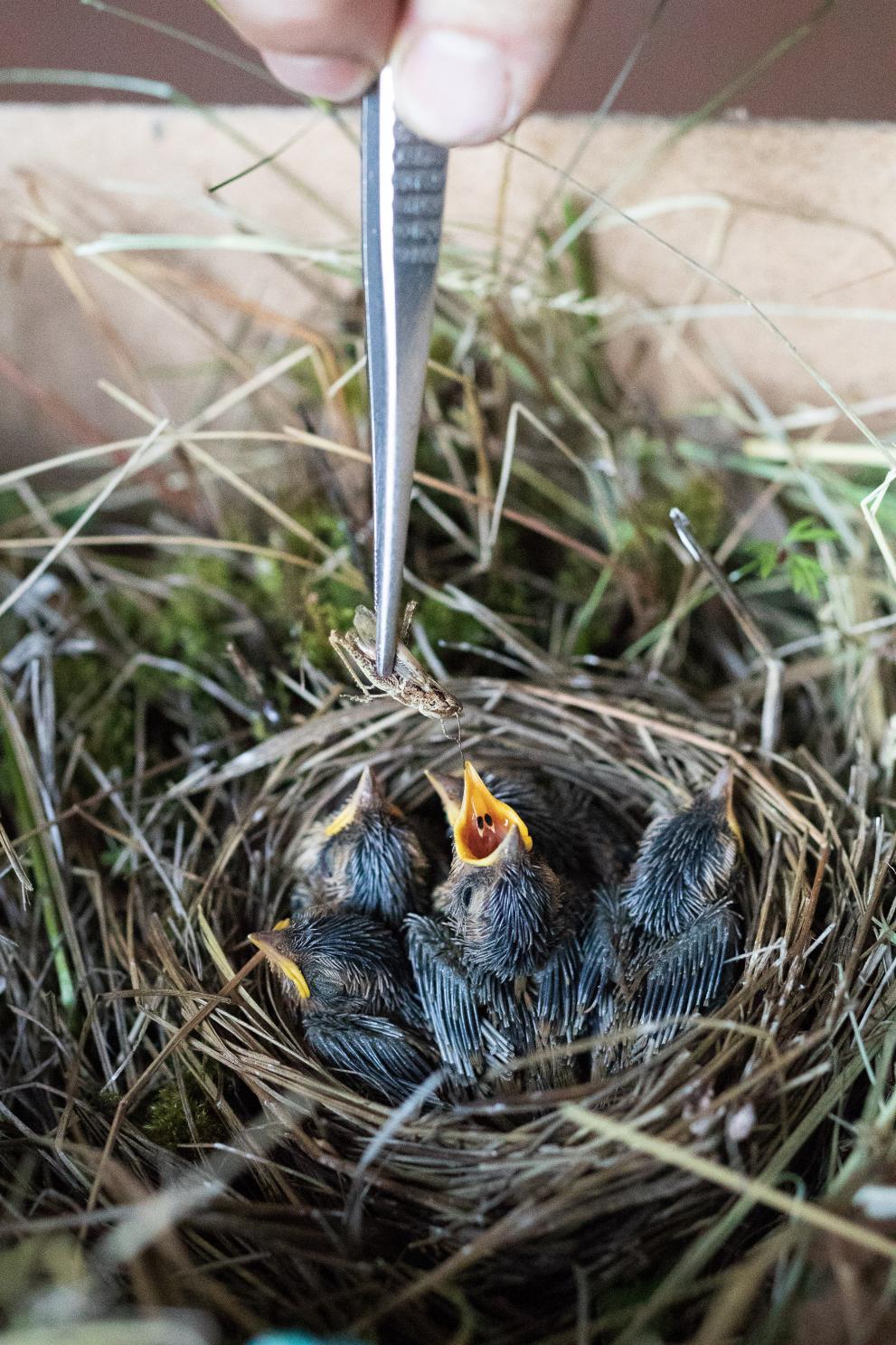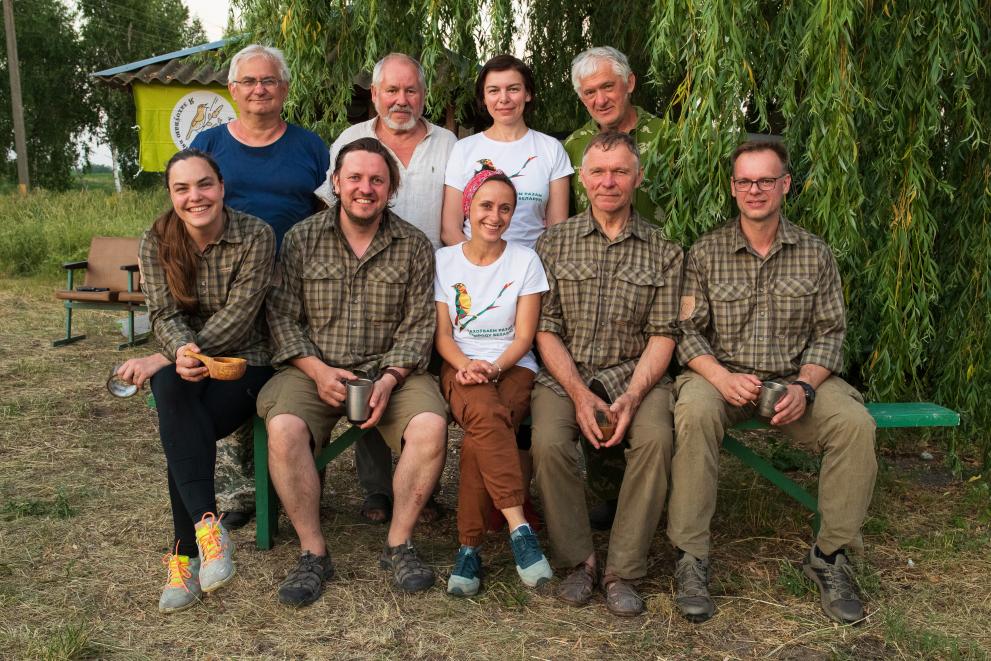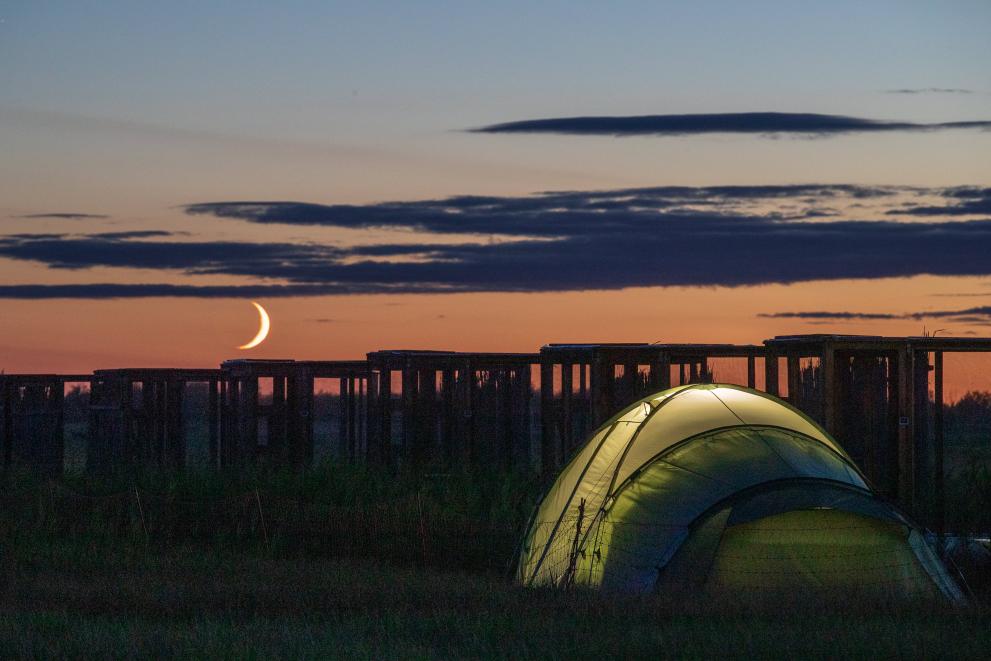
The aquatic warbler is Europe’s rarest songbird and - without our help - it is likely to become extinct. The testing of a new approach has given new hope to this tiny bird. Moving young birds (translocation) from a stable population in a neighbouring country has helped to strengthen a breeding population in the EU, in Lithuania.
About the project
- Main applicant
Baltic Environmental Forum Lithuania
- Category
Conservation on land
- Countries involved
Lithuania
- Main N2000 site
Žuvinto, Žaltyčio ir Amalvo pelkės (LTALYB003)
Overview
The tiny aquatic warbler (Acrocephalus paludicola) is Europe’s rarest passerine, or songbird. There has been a drastic reduction in numbers of this globally threatened species - only 10 000 to 15 000 breeding aquatic warblers exist in the world today, and the population in Europe is down to only 100 breeding pairs. The main threats to the species are changes in traditional management and drainage of its main habitat, wet meadows.
To conserve this species in Lithuania, the Baltic Environmental Forum Lithuania, the Žuvintas Biosphere Reserve Directorate implemented a method that had not yet been used for the aquatic warbler: translocation, or moving nestlings to a new place.
Translocation can be the last resort in extreme cases to avoid the complete disappearance of a species. In this case, the translocation aimed to restore the population of warblers in the Žuvintas Biosphere Reserve / Žuvinto, Žaltyčio ir Amalvo pelkės Natura 2000 site, where the population was incapable of recovering naturally.
The results exceeded all expectations: 100 young birds were successfully translocated from a stable population in a neighbouring country to Lithuania in 2018 and 2019, and 98-100% of the birds were successfully released in the Žuvintas Biosphere Reserve. The project’s goal was to have at least one bird returning to the new site after its winter migration. The actual return rate was 11 birds, or 22.5% of the new population.
This ongoing project is financed by the EU LIFE funding programme and required collaboration between around 60 specialists and volunteers, and partners include authorities and scientists in both countries.
As a result of the project, translocation has proved to be a promising method of conservation and the translocation activities will be repeated in coming years, and the method could be easily taken-up by other countries.

Saving Europe’s rarest songbird through translocation - video 1 
Saving Europe’s rarest songbird through translocation - Photo 1Žymantas Morkvėnas 
Saving Europe’s rarest songbird through translocation - Photo 2Žymantas Morkvėnas 
Saving Europe’s rarest songbird through translocation - Photo 3Žymantas Morkvėnas 
Saving Europe’s rarest songbird through translocation - Photo 4Žymantas Morkvėnas 
Saving Europe’s rarest songbird through translocation - Photo 5Žymantas Morkvėnas
